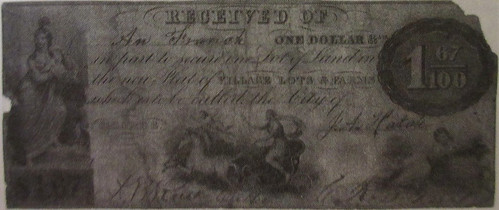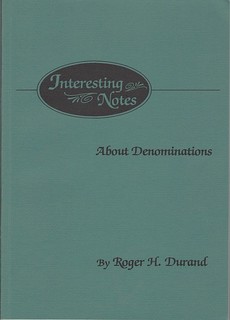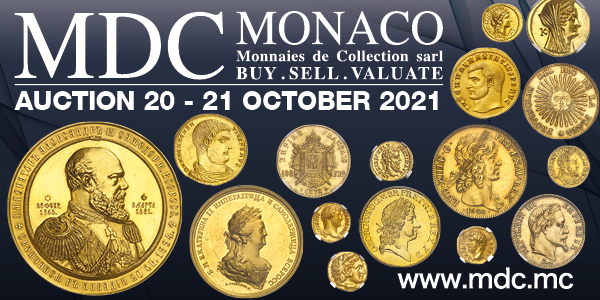
PREV ARTICLE
NEXT ARTICLE
FULL ISSUE
PREV FULL ISSUE
THOUGHTS ON DENOMINATIONSA $25 Harriet Tubman banknote design by Wayne Pearson led to my earlier question "Why do we have a $20 bill and a 25-cent piece, anyway?" John Phipps submitted a response last week. Here are some reader comments. -Editor Wayne Pearson writes: "I've considered the Tubman $200. I would like it because it would be a larger bill. And I'm not opposed to that denomination over the $25. I agree that we want the least amount of units of money in change. I don't think the $25 messes this up. "$99 is the most we can get in change. Providing we use the $2 bill-currently $99 would be (1) $50 (2) $20's (1) $5 and (2) $2's total of (6) bills With a $25 in the you would have (1) $50 (1) $25 (1) $20 and (2) $2's for a total of (5) bills. I think the idea could be smoothly worked into the existing family of seven. I had a $15 dollar bill idea because when you get change of a $20, if you spend less than a dollar you use a $5 a $10 and 4 $1's since we don't use the $2. And anything above $15 in change uses a lot of fives and tens. The idea was to make both denominations last longer. But 15 doesn't go into 100 evenly so I scrapped the idea." Here's what Martin Purdy wrote. -Editor
"So, we have 1/2 dollars, 1/2 dimes and 1/2 cents. Splitting the halves in half again and we have 1/4 dollars. Historically we have split these in half again and gotten pieces-of-eight. We have other fractions of a dollar. One tenth of a dollar is not called a tenth it is called a dime. One hundredth of a dollar is not called a hundredth it is called a cent. This is because splitting into 10 or 100 equal pieces is harder for the human mind to consider. So why do we have a 25-cent piece? The answer is culture." That's a very strange argument, and I'm sure I won't be alone in pointing out that "dime" owes its origins to "dixième" in French or its Latin ancestor, meaning precisely "tenth", and "cent" from "centième" or hundredth. Different languages, same terms. As for tens and hundreds being hard, why do we do math in base 10 rather than base 8 or base 16? I can understand the historical logic of carrying over quarters of cut Spanish dollars into modern usage, and that's probably the only explanation needed for the 25c piece. A quick look around Europe shows the situation isn't so cut-and-dried. Prior to the Euro, Holland had a 25-cent piece (and Belgium 25 centimes), but East Germany 20 pfennigs, Italy 20 centesimi and France 20 centimes (though the latter also had "quarters" at various times) - and Russia did its own thing with 1, 2, 3, 5, 10, 15, 20 and 50 kopeks! Even dollar currencies closer to the US don't all follow the US pattern - 15 and 25 cents in the Bahamas, both 20 and 25 cents in Jamaica, and the independent territories throughout the Pacific have 20s rather than quarters ... is it really anything more than just local habit? Vic Agha added these thoughts about denominations. -Editor Want a few thoughts on that 25c and $20 issue? I noticed it some time ago and was thinking of a logical reason why it might be true. The answer is, our dollar system is based on 1s, 10s, and later 100s, and other denominations are found by halving those numbers. Half of $1 is the half dollar, half of that is a quarter dollar, etc. Here's the thing: originally, our coinage system only went to $10. We got a $20 coin in 1849 because instead of halving/quartering a $100 denomination, we doubled the $10 denomination. Paper bills came a few years later, and at that point we may as well stick with the $20 I suppose. I am aware that earlier, private issues included $20 and $100 denominations, but those were private issues to begin with and people did all sorts of weird things back then (though often a reason was to be had). Are you familiar with the $1.67 bill (1 known) from Michigan, or the $1.56-1/4 bill (none known) from Philadelphia? Odd denominations are seen frequently in U.S. tokens and obsolete paper money. Here are some additional notes from Vic. -Editor
Now if you go further into this, like privately-issued scrip, you get other interesting results that Durand did not note. For example, the Liverpool NY depression scrip has face values of 50c cash/52c trade and $1 cash/$1.05 trade. If you go into tokens, you of course get even more unusual denominations, something people don't even think about if they just stick to American coins. I know in the past you've brought up the Awensdaw $1.10 token before. I know a lot about denominations because I just published my research into these in the October and November issues of Talkin' Tokens (NTCA publication). Thanks, everyone. That $1.56-1/4 one is quite strange. But Dave Schenkman noted "It is, unless you look at it as 25 bits..." I had to pull out my (cellphone) calculator to confirm that, but he's right. Wow! The world sometimes makes sense when viewed thru numismatic-colored lenses. The denomination is recorded in Durand's book as "No specimen recorded... According to Wismer's research, [The Philadelphia Bank] issued a note of the $1.56-1/4 denomination. This represented 1/10 of Spanish doubloon. $31,250 of this denomination were issued and all were redeemed and destroyed in 1817 or in that time period." I did the math with my handy calculator, and that implies an issue of 20,000 notes. -Editor
To read the earlier E-Sylum articles, see:
Wayne Homren, Editor The Numismatic Bibliomania Society is a non-profit organization promoting numismatic literature. See our web site at coinbooks.org. To submit items for publication in The E-Sylum, write to the Editor at this address: whomren@gmail.com To subscribe go to: https://my.binhost.com/lists/listinfo/esylum All Rights Reserved. NBS Home Page Contact the NBS webmaster 
|


